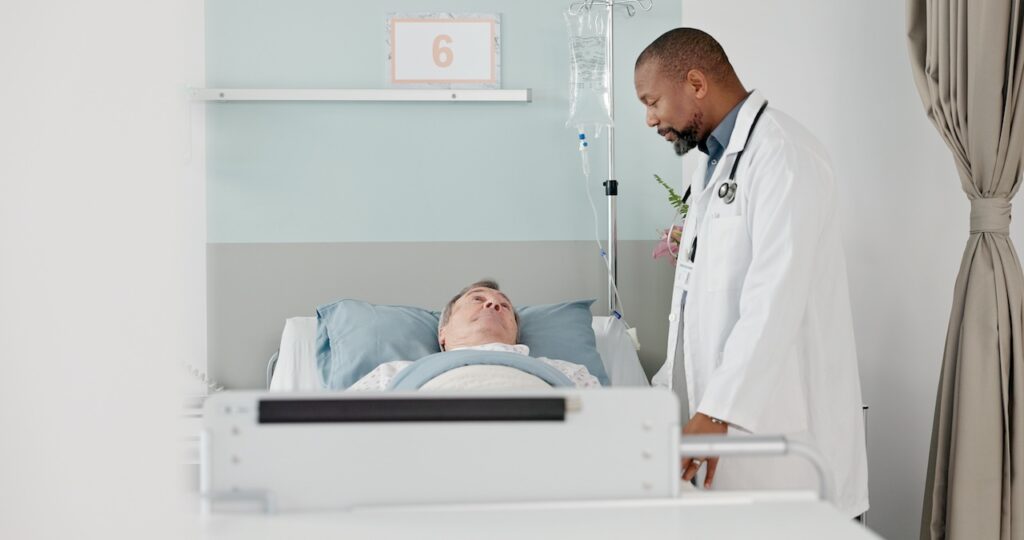Bed sores are a serious concern for the elderly, particularly those in long-term care facilities or with limited mobility. Without proper care, these individuals become extremely vulnerable to developing both the sores themselves and more serious conditions related to the infections.
If someone you care about has developed bed sores while living in a nursing home, and you believe these injuries stem from neglect or abuse, it’s crucial to understand what kind of evidence you need to build a strong case. Let’s take a look.
What Are Bed Sores?
Bed sores, also known as pressure ulcers, are injuries to the skin and underlying tissue caused by prolonged pressure on the skin. They often develop in areas of the body where bones are close to the skin, such as the hips, tailbone, or heels, and are particularly common in individuals with limited mobility.
How Are Bed Sores in the Elderly Caused?
Bed sores are common among elderly individuals who have impaired mobility and stay in the same position for extended periods of time, leading to sustained pressure on certain areas of the body. This pressure restricts blood flow to the skin, damaging the tissue and causing ulcers.
These additional factors also increase an individual’s risk of developing elderly bed sores:
- Age
- Improper hygiene
- Inadequate nutrition or hydration
- Thinness and sensitivity of skin
- Underlying health conditions, such as poor circulation
- Decreased sensory perception
In nursing homes, residents with limited mobility need to be moved, turned, and/or repositioned often to ensure that bed sores in the elderly don’t develop.
What Evidence Can You Gather to Support Your Case?
In the unfortunate event that your loved one develops a bed sore that you believe could have been prevented with proper care, you may be able to pursue legal action.
For such a case, you must provide evidence that the nursing home had a duty of care (responsibility to care for your family), that duty was breached, and the breach of duty caused the bed sores and related pain and suffering.
Here’s a list of some of the evidence that may be helpful in your case, but be sure to consult with a lawyer who specializes in nursing home negligence for more specific guidance.
- Pictures: Take clear, detailed photos of the bed sores, and include the dates and timestamps. Continue to take photos throughout the healing process to secure thorough documentation.
- Medical Records: Records of treatment for elderly bed sores, infections, or other conditions stemming from the original ulcers can serve as vital, concrete evidence.
- Witness Testimonies: Doctors and other medical professionals can help prove that the bed sores were caused by neglect or that more severe conditions were caused by the bed sores. Nursing home staff and fellow residents may also be able to testify that the patient was neglected or mistreated.
- Documentation of Care Plans: Records of care plans for the affected individual could show that they were not moved often enough, sufficient preventative measures weren’t taken, proper feeding and hydration didn’t take place, and so on.
- Timeline: Creating a detailed timeline about when you first noticed the sores, when/if your family member complained of discomfort or lack of care, when you sought medical attention, when you called nursing home staff’s attention to the sores, etc., will help show the progression of the injuries.
Build a Strong Case with PMP
Nursing home neglect and abuse are unacceptable, and it’s up to us to work together to fight against them. Our team at PMP has years of experience with nursing home cases, a team of expert witnesses to strengthen your case, and a deep commitment to taking care of you and your family.Send us a message to set up your free consultation, and let’s get to work on your case.

